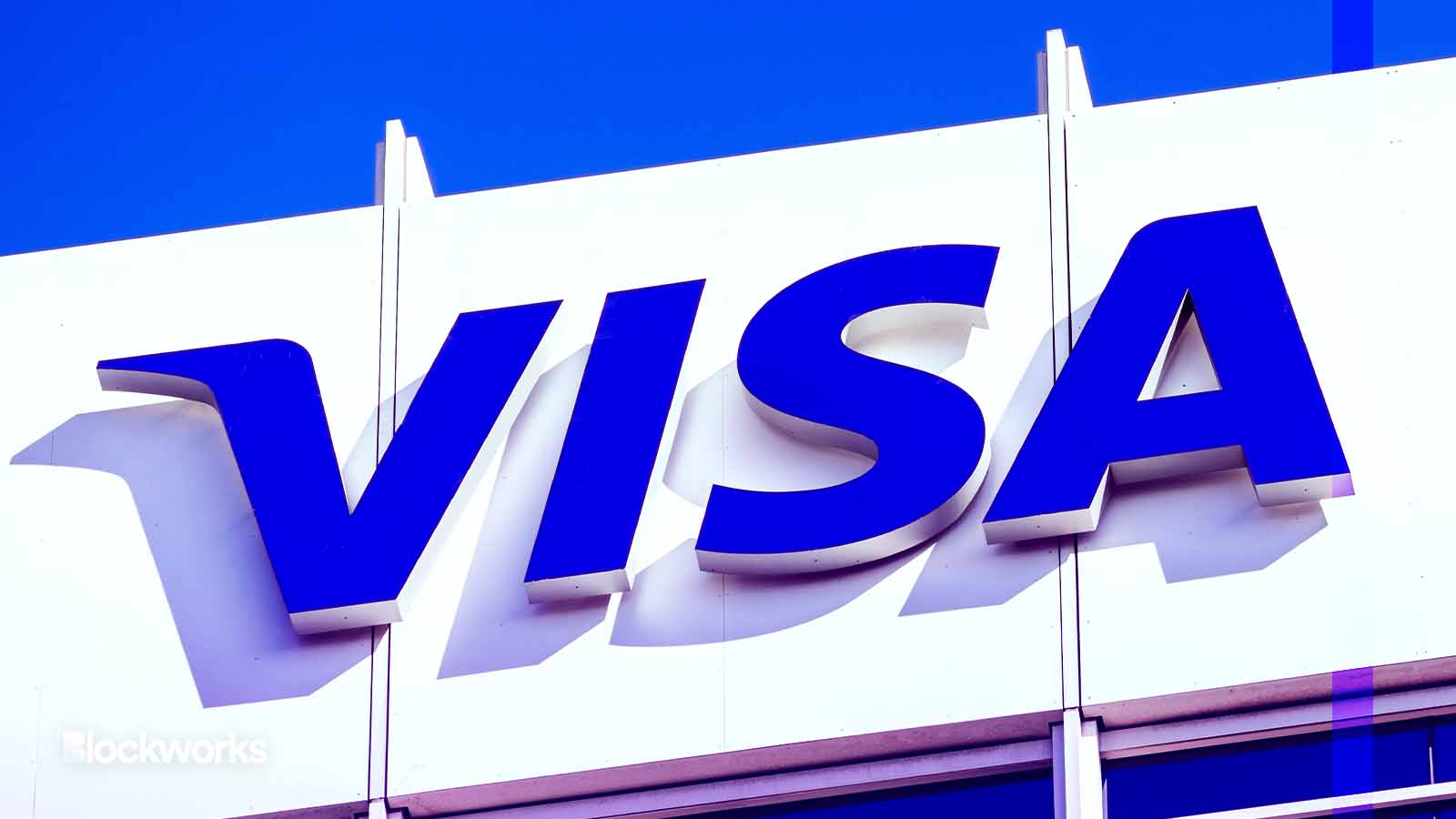‘Learning by Doing’ is Critical to Digital Dollar Development, Visa Exec Says
Payment giant’s programmable finance platform prototype for Brazilian farmers shows one use case that could be foundation for others in different regions

Sundry Photography/Shutterstock modified by Blockworks
Visa has developed a programmable finance platform designed to help Brazilian farmers better negotiate contracts.
But this is just the tip of the ice berg for central bank digital currencies (CBDCs), Catherine Gu, Visa’s head of CBDCs and protocols, told Blockworks in an interview.
As countries across the world study the sector and its possibilities, the payments giant partnered with Microsoft, as well as tokenization platform Agrotoken and software company Sinqia, to explore this particular use case for Brazil’s digital real.
Visa’s development of this agriculture-focused use case came as part of the latest LIFT Challenge — a call for proposals for minimally viable products that can benefit the country’s financial system and broader population.
“We wanted to show programmability and what smart contracts [can] deliver,” Gu said. “So say tomorrow, we go to a different central bank and look at a completely different part of that economy and try to bring things on-chain.”
The Visa platform prototype
The value of Brazil’s agricultural exports in 2021 reached $125 billion, according to the US Department of Agriculture.
The prevalence of farming in the country’s economy made it a good place to look for a CBDC use case, Gu said.
Farmers in the country often sell their future receivable at a discount to receive money immediately, resulting in a portion of the sale being lost to the entity providing financing.
Through the platform prototype, Visa seeks to give farmers better access to a global pool of investors for financing in an effort to improve price discovery for their goods. Specifically, it allows a farmer of soybeans, for example, to auction off a tokenized contract on a permissioned version of the Ethereum blockchain.
Visa turned to Agrotoken to help the company allow farmers to turn existing Brazilian legal documents into an on-chain tradeable NFT.
While the company sought Agrotoken’s advice, Visa did not use the tokenization platform’s tech stack for the prototype.
Most CBDC pilots are being done in a permissioned way, Gu said, noting that Visa wanted to demonstrate how a set of private actors could come together to set up a node.
“But fundamentally, I would say Visa is agnostic to the underlying network, so that should be the choice of the central bank itself or the financial institution,” Gu said. “Our goal is to focus on the use cases and the smart contract programmability on top of that.”
Broader “digital dollar” research and development continues
More than 100 countries are in the midst of studying CBDCs or looking into ways they could potentially implement them, International Monetary Fund Managing Director Kristalina Georgieva said last week.
“It’s important that at this stage we are learning by doing,” Gu said. “Also just bringing [central banks] up to speed on what is the latest innovation.
“We know a lot around smart contracts,” she continued. “We can bring those technologies — not to say that the future of CBDCs have to be built on them — but you need to able to understand the possible benefits and tradeoffs to make the right design choices down the road.”
The Central Bank of the Bahamas launched its CBDC, called the Sand Dollar, in 2020. Nigeria introduced its eNaira CBDC pilot in October 2021.
Still, an IMF report published in February 2022 called CBDCs “uncharted territory” that raise both challenges and opportunities, noting that information sharing between countries will be key.
More recently, government employees in China’s city of Changshu are reportedly set to be paid in the country’s digital yuan starting in June.
But it will take more experimentation, Gu said, before CBDC research and development morphs into real-world application in any of the so-called G7 countries — Canada, France, Germany, Italy, Japan, the United Kingdom and the United States, as well as the European Union.
“Mainly just trying to understand the objective function of what a CBDC could deliver, and how would that be in the context of both all of the existing fiat [currencies] and existing rails, but also looking at stablecoins and tokenized deposits,” Gu explained. “That will take time for us all.”
UPDATE: May 10 2023 at 10:39am ET: Clarifies that Visa did not use Agrotoken’s tech for the prototype, but sought the company’s advice.
Get the news in your inbox. Explore Blockworks newsletters:
- The Breakdown: Decoding crypto and the markets. Daily.
- 0xResearch: Alpha in your inbox. Think like an analyst.






